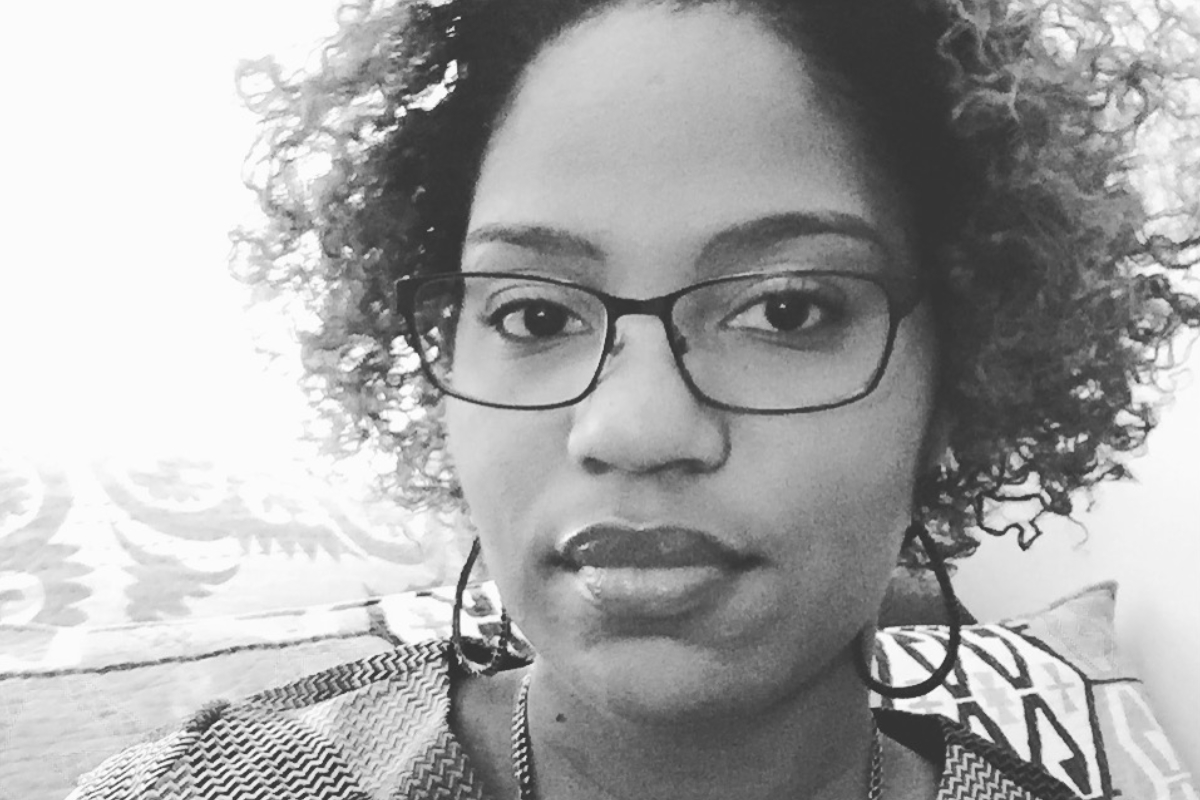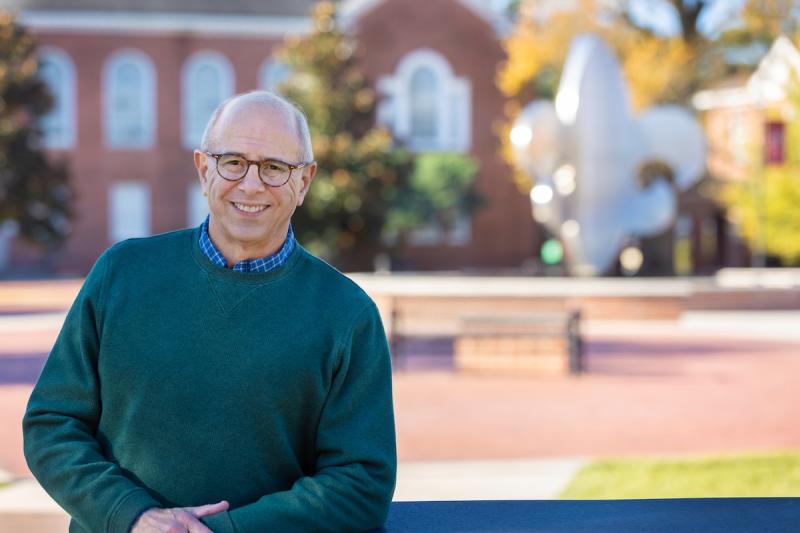Stacey Wilson, ’10, launched her career in museum work while she was still a student in UL Lafayette’s Bachelor of Arts in history program.
The summer before her senior year, she interned at the National World War II Museum in New Orleans. That experience catapulted her into the world of museum and exhibit curation.
“After that experience I made sure to get an internship every summer at different museums so I could gain experience because I knew it would be hard to enter the museum world without it,” she said.
In addition to working with exhibits, Stacey interned in various departments at multiple museums, which helped her understand how the different areas worked together to run a successful museum.
Her internships ranged from project management at the Smithsonian Museum of American History to exhibit design at the Wilson Pottery Museum in Seguin, Texas.
In her courses at UL Lafayette, Stacey learned how to write, found her inspiration, and began putting practical skills to the test. She credits many of the professors in helping her in these areas.
“The professors really cared about us and our future,” she said. “I felt prepared for the real world and for graduate school.”
Stacey initially chose to study architecture, and then switched to history. She took advantage of what she had already learned about design to push her forward in her new endeavors.
“I switched my major to history because I genuinely liked history and after some research I discovered I could still use the design principles and skills I learned in architecture and combine it with history to become an exhibition designer,” she said.
Stacey took two special projects classes at UL Lafayette where she helped develop museum exhibits. One was a panel exhibition about the Native American tribes of Louisiana for Vermillionville Living History Museum and Folklife Park. The other was an exhibition about Japanese block prints for the Hilliard University Art Museum.
“I gained skills and experience in research and writing exhibition content and designing graphics,” she said. “Those experiences combined with my first internship solidified my decision to pursue a career in museums.”
After completing graduate school, Stacey worked with the Louisiana State Museum and then moved to the Mississippi Arts + Entertainment Experience, also known as The MAX, where she works today.
“In my current position, I had the rare and great opportunity to oversee the design and fabrication of a new, $14 million, 6,000-square-foot permanent exhibition,” she said.
“In the first year I acted as project manager, overseeing the design and fabrication companies, the writing of the content, and supervising artifact acquisition,” she said. “Once we opened in 2018, I switched over to curator.
“I now oversee the maintenance of the permanent exhibition as well as the artifacts and the changing exhibition schedule for our two galleries,” she said.
In the last decade, Stacey has achieved each goal she set for her career. She landed her dream job at the Louisiana State Museum and she’s gained more responsibilities in shaping exhibitions in her current position at The MAX.
“I don’t know what’s next,” she said. “I love working with museums, but I also was bit by the project management bug — so I’m not sure what’s in store for me next. I’m excited to find out.”

